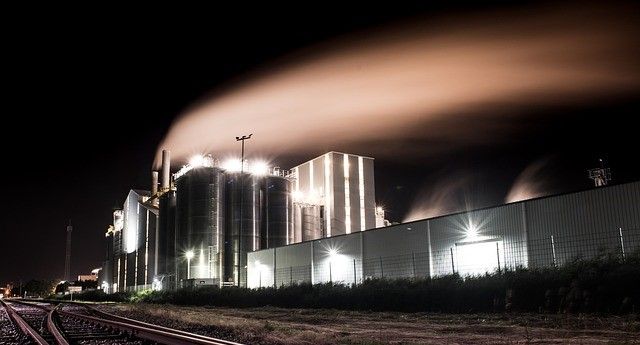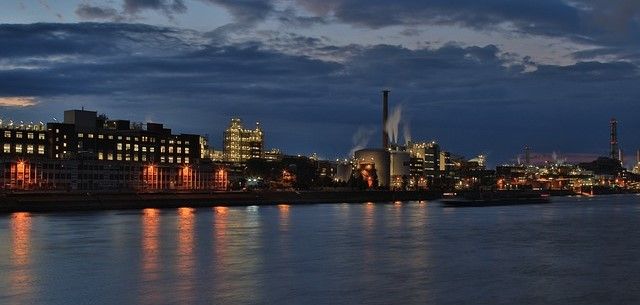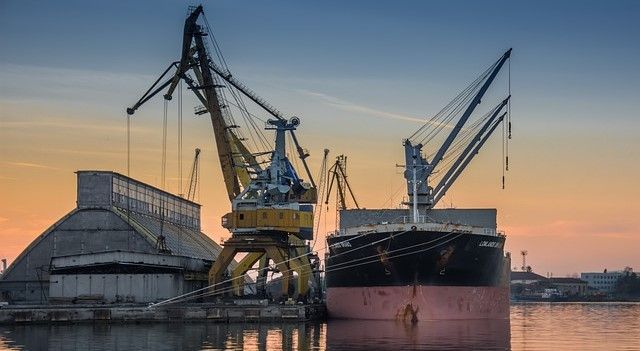Europe’s chemical sector is trembling, as industry analysts predict a wave of cheap chemical imports from a glut of production facilities due to go online in China over the next few years.
Recent ICIS reports indicate that basic chemical capacity will expand by an astounding 232m tonnes/year.
The report also outlines further threats to European chemical producers, including:
• China to move from being a net importer to being an exporter of Purified Terephthalic Acid (PTA).
• China’s Polypropylene (PP) self-sufficiency to rise from 67% to 97% (and possible future exporter).
• China's GDP growth will remain modest, driven by demographics and construction bubble burst.
• China closes in on monoethylene glycol (MEG) self-sufficiency.
These issues are coming at a time of global economic slowdown, as well as regulatory pressures in the EU chemical sector and an expensive drive away from Russian fossil fuel feedstocks towards sustainable feedstocks.

With all these factors combined, other regions should expect a significant fall in demand/exports resulting in capacity reductions.
“Lower Asian prices are now deflating European chemical prices and margins,” notes a recent report in the UK’s Chemical Industry Journal. Quoting data showing how “… European crackers enjoyed variable margins which flew up to above $1,000/tonne when the logistics crisis was in full swing in 2021.” However, “Russia’s war with Ukraine then pushed up energy costs, plunging margins into negative territory in 2022. Since then, they have turned positive but at a low level. The latest data for 23 June shows that European cracker margins have collapsed to just $85/tonne, less than half of Asia’s $179/tonne.”
For this reason, many European chemical facilities are working at technically minimum operating rates. Others have shut down completely.

It is a situation that has put European chemical traders and manufacturers in a state of shock, with the ICIS report quoting survey respondents as follows:
A propylene producer: “The market is miserable with [costs] hitting us twice – pressure from imports versus [uncompetitive for] exports. We normally export to Asia but instead they import to us.”
A propylene derivative producer: “Our market is under huge pressure from Asian imports – due to low freight costs, it’s cheaper to import from Asia. Also, lower raw materials have an impact.”
An olefins producer: “Demand is weak and what is left is damaged by imports.”
An epoxy resins, BPA, and epichlorohydrin (ECH) trader: “It is hard to understand [how the Chinese do their] calculations- they show negative profits for the epoxy segment, and they are selling higher locally than for exports.”
It is a situation which has united many European chemical industry chiefs into a united voice calling for political help and market protection.
As one European-based chemicals trader put it, “I think there should be antidumping on everything otherwise Europe will quickly become a museum. It has been too much, and something needs to be done [because] phthalic anhydride (PA), plasticizers, resins and purified terephthalic acid (PTA), PET and finished goods are all coming at cheaper prices.”

To date, however, the EU Commission has shown little sympathy for a chemical sector which reaped such high profits during the pandemic.
“The Commission has no ongoing anti-dumping or anti-subsidy investigations on epoxy resin or BPA,” explained a Commission spokesperson. “Any communication concerning cases that have not been initiated are confidential, thus we cannot comment on whether there have been complaints or requests by industry on this.”
That said, a European Commission anti-dumping inquiry has begun into Chinese imports of polyethylene terephthalate (PET) and a similar investigation is also underway over labelling issues for Chinese biodiesel imports. These inquiries typically take as long as 14 months to complete with the findings then reported and a strategy formed in Brussels soon after.
The slow pace of price dumping inspections and response, combined with the rapid increase in chemical outputs from China has exasperated the European chemical industry.
With many chemical facilities operating under wafer thin margins, the fear is understandable.

However, the force of economics is unstoppable. Even if Europe could ring-fence its chemical sector with trade barriers and tariffs, the European manufacturing sector and consumers would suffer the cost of higher prices.
The European chemical industry has long suffered the competitive disadvantages of higher wages, American shale, Middle East Oil, and sluggish domestic growth. Now it seems it must also bear the weight of a new tsunami of cheap chemical imports. Given the economic and strategic importance of chemical production, Europe can only hope that its chemical producers quickly learn to swim.
Photo credit: Freepik, Rudy and Peter Skitterians from Pixabay, Christian Supik (Fotografie) + Manuela Supik (Design), Stocksnap, & Christo Anestev